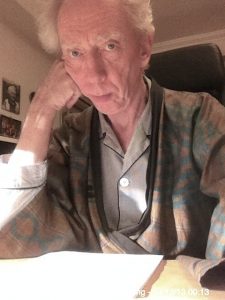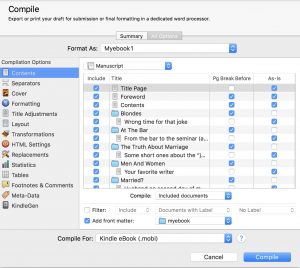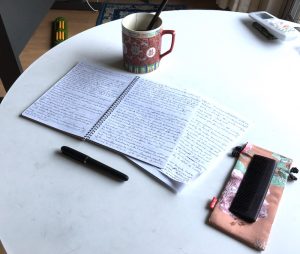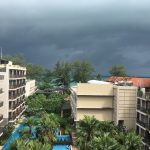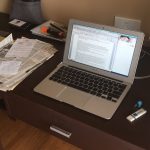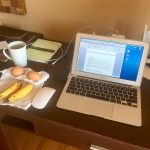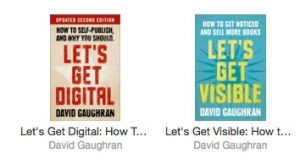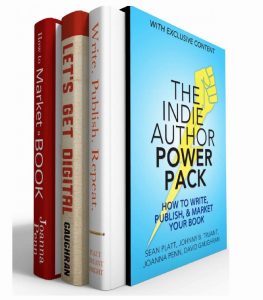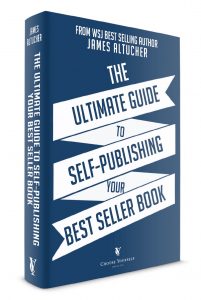Overview and introduction
Here is my ABC of self-publishing.
It is my story on why and how I became an author, publishing two books: “Toxic Capitalism” and “Laugh And Get Wiser”.
The first book was done through a “Vanity Press Company”, a bad experience that led me to go “indie” and do self-publishing totally myself. That required mastering a software “SCRIVENER” and enrolling as an author with Amazon.
See the challenges I encountered and how I succeeded to publish on Kindle and in print. It took me three extended stays in a nice hotel in Phuket to find the right and motivating environment.
There are three very different roads to publishing: the traditional publishing companies, the vanity press and self-publishing (such as through Amazon, the giant in that field).
Read all details in these posts, as a guide to publish YOUR book. And learn the jargon of this business. Consider it your ABC of self-publishing.
Why self-publishing
See: https://www.damulu.com/2019/01/03/why-self-publishing/
Topics covered:
– Why I write;
– Why choose self-publishing;
– The 3 challenges when publishing your book;
– Some good books and websites to learn the details.
How to self-publish
See: https://www.damulu.com/2019/01/03/how-to-self-publish/
Topics covered:
– Why to become an “indie” and how;
– The three choices explained: traditional publishing houses; the vanity press; do it yourself (read: go the indie road).
The giant of self-publishing
See: https://www.damulu.com/2019/01/03/the-giant-of-self-publishing/
Topics covered:
– Why Amazon?
– The first step to publish on Amazon: you need to register as an author.
– The challenges I met to register as an author, being in China.
– Can you publish a book in Chinese on Amazon? Supported languages.
– Why not use Amazon China?
– Uploading my Kindle e-book on Amazon: challenges I met.
– My books are on Amazon!
– Does Amazon ship to China?
Using Scrivener
See: https://www.damulu.com/2019/01/06/using-scrivener/
Topics covered:
– What is Scrivener software?
– How to learn it, the way I did.
– Why a print version is the first step.
– Amazon Kindle: you need a Table of Content.
– How to get your book in print?
How I wrote my books
See: https://www.damulu.com/2019/01/06/how-i-wrote-my-books/
Topics covered:
– Everybody and every book is different
– My first book “Toxic Capitalism”: using MS Word and deliver the file to a “vanity press”.
– Running away from my normal environment.
Using external help when going indie
See: https://www.damulu.com/2019/01/09/using-external-help-when-going-indie/
Topics covered:
– Using external help when going indie is mandatory for two tasks: the cover design and professional editing.
– Why you need to finish first the format of the print version.
– How I did the cover page in two outsourcing steps.
– For my second book I did exceptionally not use an external editor: why?
– How much did my book cost to get it published in e-book and print?
More considerations on writing and Amazon
See: https://www.damulu.com/2019/01/10/more-considerations-on-writing-and-amazon/
Topics covered:
– Are you focused in your genre? Building a following.
– Amazon and shipping.
– Amazon world-wide shops are not connected.
– BISAC codes: what they are and why it did not help me with Amazon.
– Publishing in Chinese.
